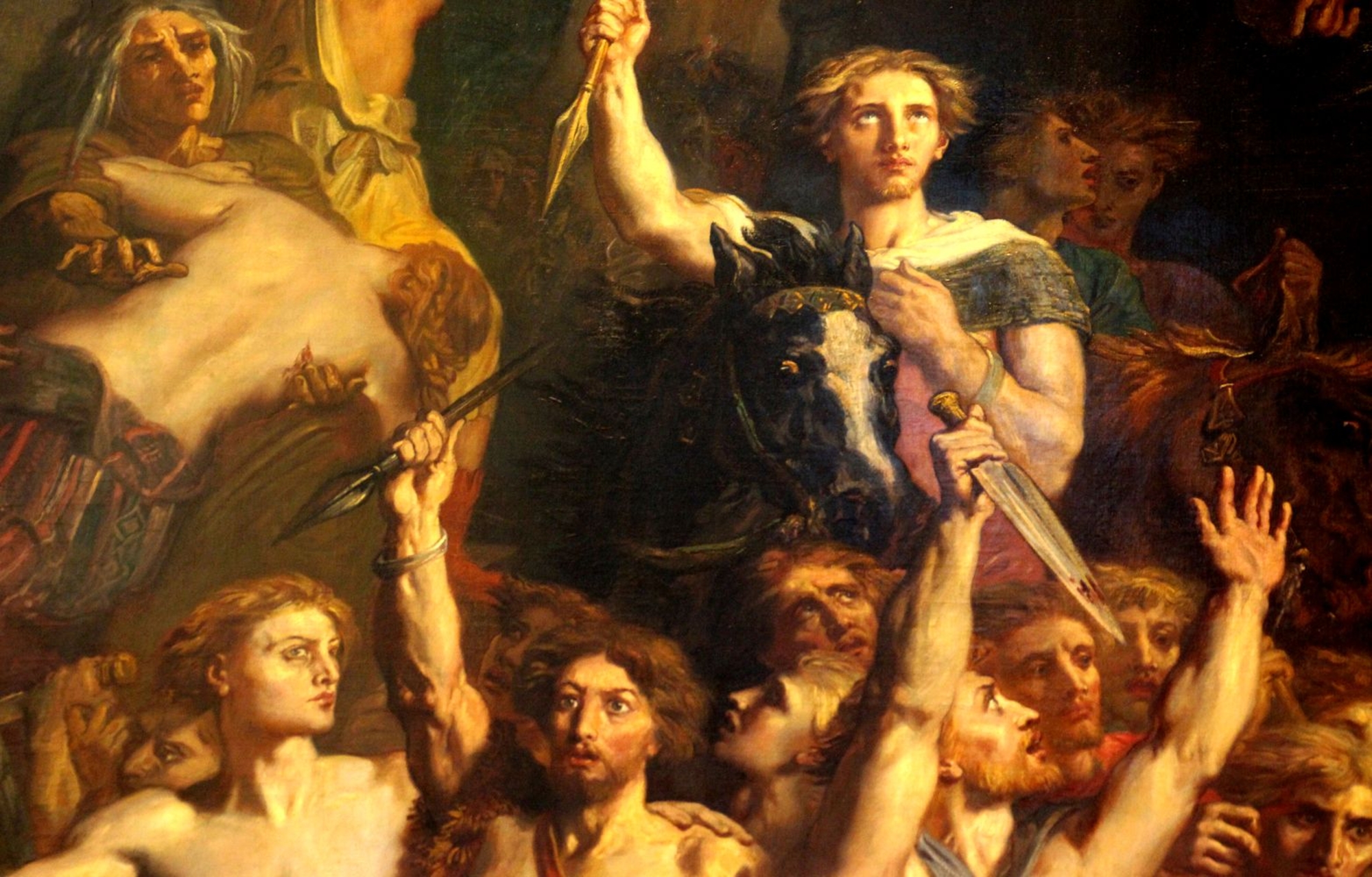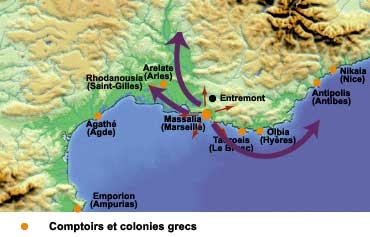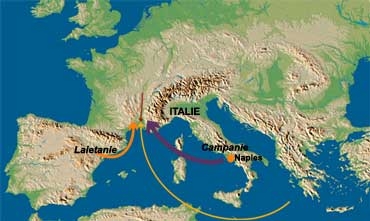- Accueil
- The Gallic Populations of Provence
- The Gallic populations of Provence
Without not a cultural barrier, the Rhône separated the populations who were formed during the 4th and 3rd centuries. Among the most famous were the Salyens, who occupied the left bank of the Rhône in the location of the modern Aix-en-Provence region.
The foundation of Massalia (Marseilles) in 600 BC by the Phocaeans was followed by the establishment of other trade centers, posts and colonies: Agathe (Agde), Emporion (Ampurias), Rhodanousia (Saint-Gilles-du-Gard?), Heraclea (perhaps) and Theline (Arles) during the 6th century BC; Arelate (Arles), Olbia (Hyères), Antipolis (Antibes) and Agathe (Agde) during the 5th century BC ; Tauroeis (Le Brusc) and Nikaia (Nice) during the 4th century BC. Starting in the 5th century BC, and especially in the 4th, interregional transactions between southern local populations and Marseillans were developed.
The trade network of Entremont was nearly exclusively Mediterranean: glass from Egypt, tableware from Campania, northern Italy, Greece and Laietania (Catalonia), wine amphora from Greece, the Punic world, and of course, southern Italy.
The distribution of anthropomorphic sculptures in the round is centered in southern Gaul, in the regions of the lower Rhone Valley and western Provence. The phenomenon begins in the first Iron Age and continues in the second.




